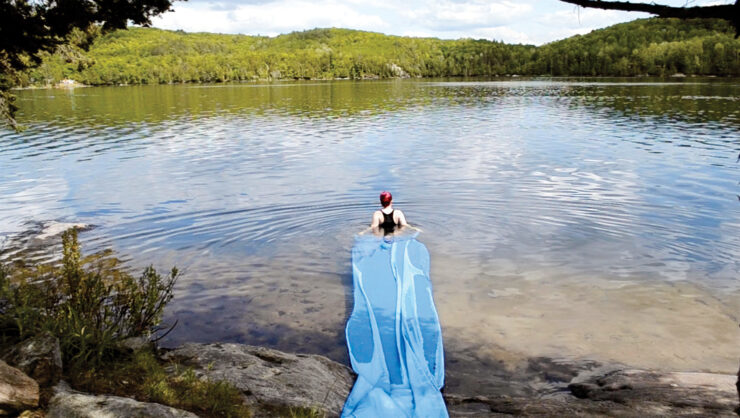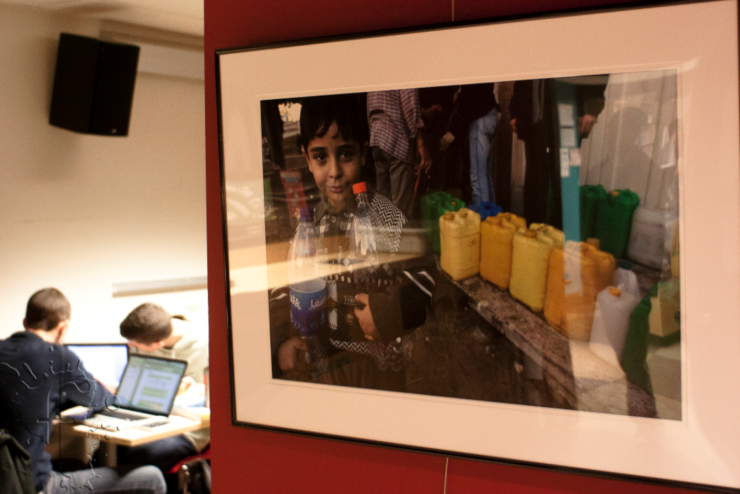Cube Gallery remembers Ottawa artist with retrospective exhibit
In a small, quiet room of the Cube Gallery in the Wellington West area of Ottawa, haunting pictures of plump, intermingled bodies, gaunt portraits, and deathly-looking paintings hang on the wall. Don Monet, the curator, laughs to himself in the background. Wounded Creatures of Earth is a powerful exhibit to visit, no doubt.
Monet has been exposing Gerald Trottier’s work at the Cube Gallery for years, and describes Trottier as an artist “who tackles very difficult subject matters. He isn’t afraid to show the ugliness of human condition.”
Denise, Trottier’s daughter, describes Wounded Creatures of Earth as an adjunct work to his well-known Easter Series. “(This exhibit expresses) how he felt about life, death and, ultimately, resurrection.”
As you walk around the exhibit, absorbed by the dark energetic imagery, you may be surprised to catch yourself feeling compassion for the subjects—Trottier’s energy reaching out to you through his artwork.
“He doesn’t act cynically when he looks at a human in distress, or superior,” says Monet. “He has a loving and compassionate eye.”
Trottier, who passed away in 2004, was an important Canadian artist who has collections featured in galleries such as the National Art Gallery of Canada, the Art Gallery of Ontario, and the Art Gallery of Greater Victoria. Active in his almost 60-year career, Gerald spent his last 20 years in L’île-du-Grand-Calumet creating some of his most beloved works, such as his Easter Series and imposing self-portraits.
Trottier was an artist who mastered an impressive amount of artistic mediums and loved to share his knowledge, teaching visual arts workshops at the University of Ottawa and drawing at the Carleton University school of architecture.
“My father was a prolific teacher,” says Denise. “He loved to teach.”
Wounded Creatures of Earth features important pieces from diverse periods of Trottier’s life. His own favourite work, “The Wrestler”, is featured, as well as haggard portraits of fellow patients he drew while hospitalized. “The Man in The Landscape”, a large, vibrantly haunting acrylic painting from the Easter Series, centres the room of the gallery.
Denise says her father once told her that he would like to be most remembered for his drawings. When walking into the exhibition, you can understand why. His acrylic, gouache and watercolour works demonstrate his vast skill in visual arts. Dark themes, manifested in his works with twisted bodies and horrified faces, appear soft through his hand. For a somber exhibition, Wounded Creatures of Earth breathes compassion, and it leaves no doubt as to Trottier’s complexity and depth as an artist.
As the curator of a private commercial gallery, Monet felt hesitant at first about displaying Trottier’s works—dark themes can be risky.
He says, however, that “art isn’t always about the lovely things for your wall. Sometimes it’s about facing ugly and important parts of your nature. Gerald was great at doing that. It’s very difficult to find somebody who can do that.”
Wounded Creatures of Earth is on display until March 27 at the Cube Gallery. For more information on the exhibit, check out the website here.





